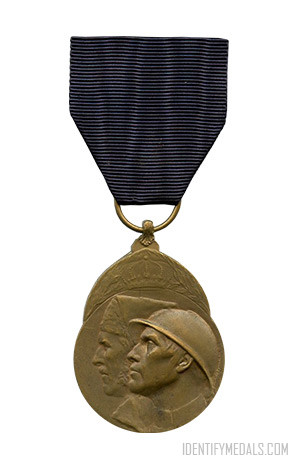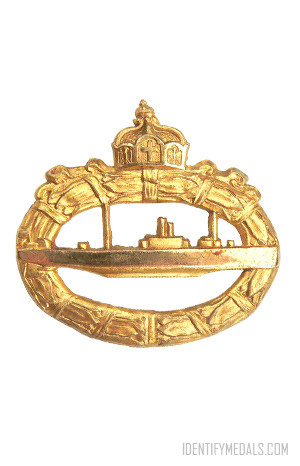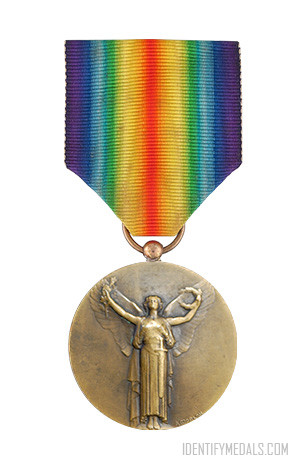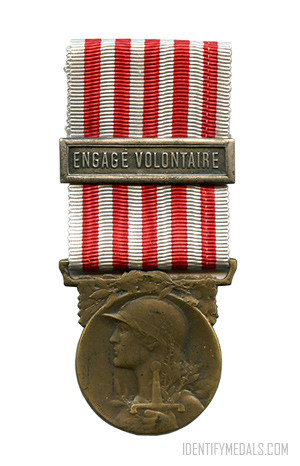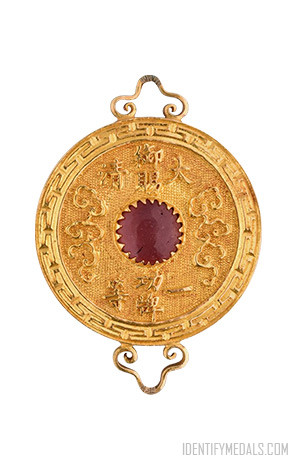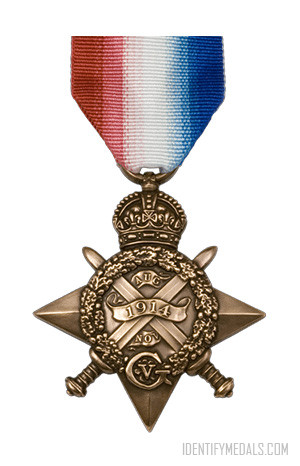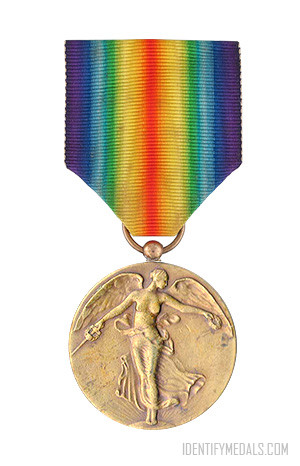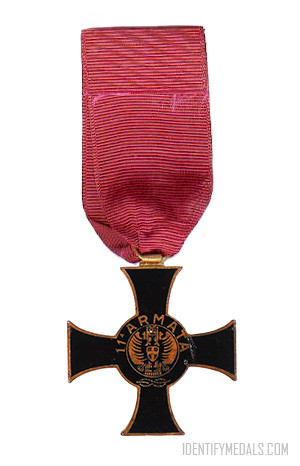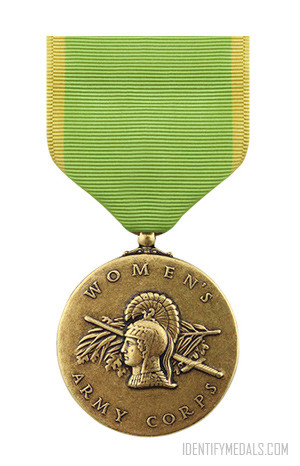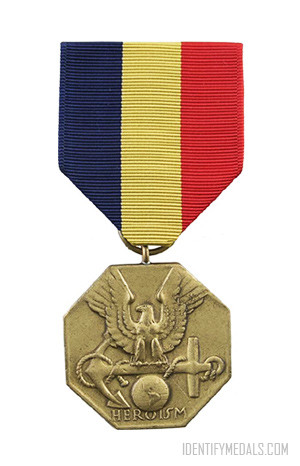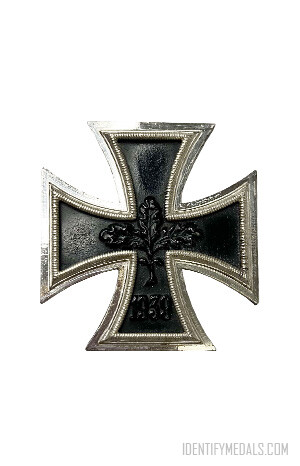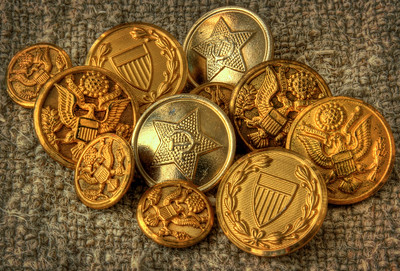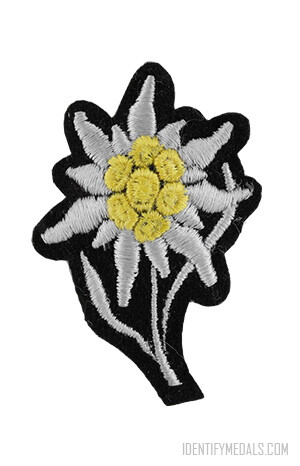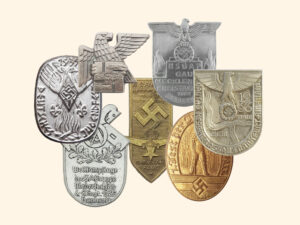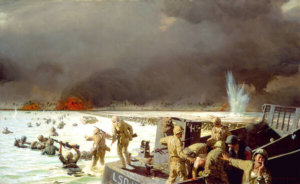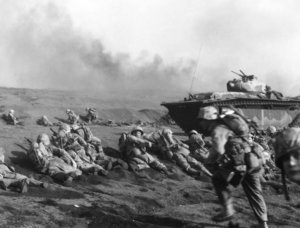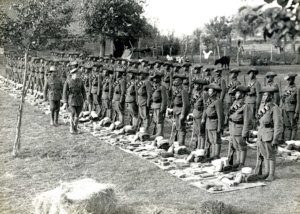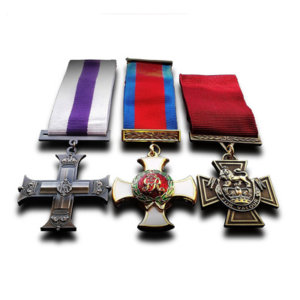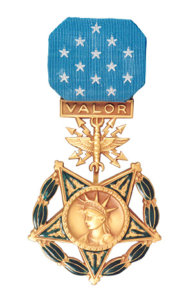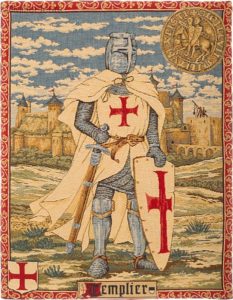- Time Period: The Great War
- Institution: 17 June 1930
- Country: Belgium
The Volunteer Combatant’s Medal 1914–1918 (Médaille du Combattant Volontaire 1914–18 / Medaille van de Vrijwillige Strijder 1914–1918) is a Belgian wartime service medal established on 17 June 1930 by royal decree and awarded to Belgian citizens and foreign nationals who voluntarily enlisted for service in the Belgian Armed Forces during World War I.
The award was given for voluntary enlistment and service in a combat unit in a danger zone for not less than 6 months during the First World War. Later, the eligibility criteria was extended to include volunteers, older than 40 years of age who had served for 3 months in a combat unit in a danger zone, who were older than 50 years of age who had served for 1 month in a combat unit in a danger zone, and medical personnel who had served for 2 years in non-occupied Belgium.
Additional provisions were made regarding awards to youngsters who had fled occupied Belgium and persons who were wounded in action, and posthumous awards.
The Volunteer Combatant’s Medal 1914-1918 Design
The medal measures 36 mm in diameter and is made of bronze and circular. It’s topped with a crescent-shaped section giving it a nearly oval shape of a height of 50 mm.
On its obverse is the relief image of the head of a helmeted First World War Belgian soldier facing left, to his left and partially hidden behind him, the relief image of the head of an 1830 volunteer also facing left and wearing a bonnet typically worn by the revolutionaries. The crescent section bears the relief image of the Belgian crown over laurel branches.
On the reverse, along the outer circumference, the Latin inscription “VOLUNTARIIS PATRIA MEMOR“, in the center, the years “1914–1918“.
The medal was suspended by a ring through the suspension loop to a silk moiré royal blue ribbon.

